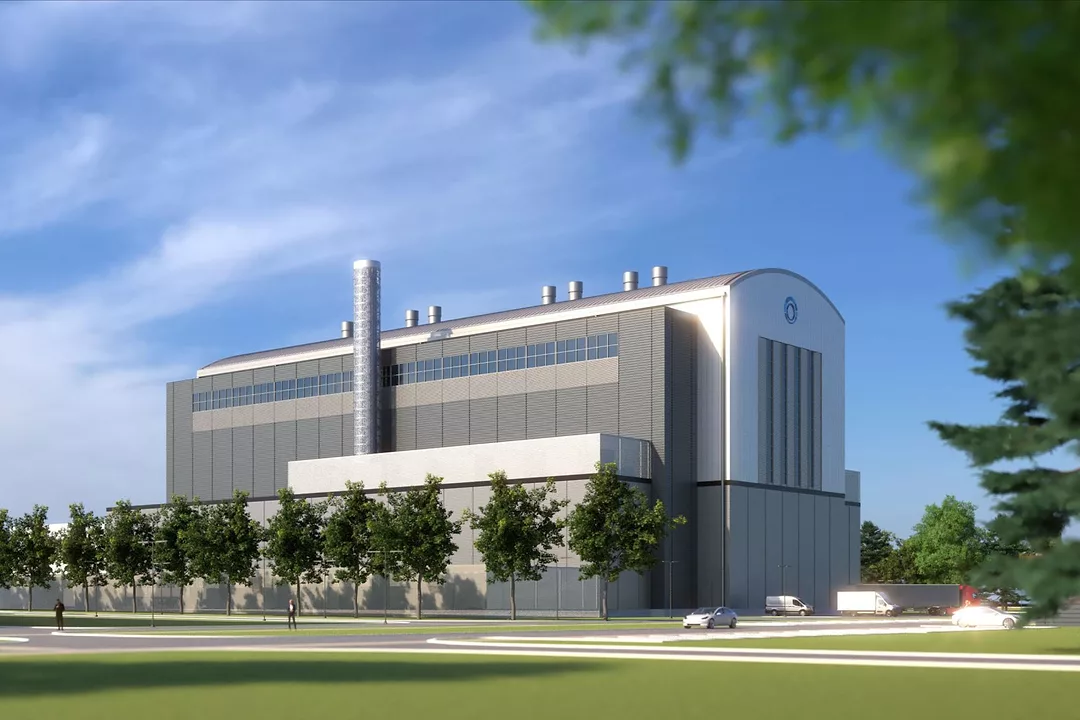
Google’s Nuclear Power: First Reactor Site Set to Energize Data Centers
Google just spilled the beans on where they’re plopping down their first nuclear reactor to keep those massive data centers humming. It’s all about going green, or at least cleaner, while feeding the beast that is AI. The site’s in Tennessee, and it’s part of a push to use small nuclear tech that’s supposed to be safer and more efficient. Sounds ambitious, right? Let’s break it down without getting too technical.
The Deal and the Details
So, back in 2024, Google teamed up with this startup called Kairos Power for what they’re calling a groundbreaking deal – the first time a company’s buying nuclear power straight from these newfangled small modular reactors, or SMRs for short. Now, they’ve announced the location: Oak Ridge, Tennessee, home to the Hermes 2 plant. This isn’t just some random spot; Oak Ridge has a history with nuclear stuff, which makes sense.
The plan is to have this plant cranking out 50 megawatts of power starting in 2030, and it’s all under a long-term agreement with the Tennessee Valley Authority, or TVA. That’s the folks who handle power in that region. Eventually, Google wants to scale up to 500 megawatts by 2035, powering data centers in places like Montgomery County in Tennessee and Jackson County over in Alabama. It’s a big step for keeping up with the energy suck from all those servers running AI models and cloud services.
I’ve gotta say, as someone who follows this stuff, it’s interesting how tech giants are turning to nuclear. Remember when everyone was all about solar and wind? Well, those are great, but they don’t always deliver when you need ’em, especially for 24/7 operations like data centers.
Why Nuclear, and What’s the Tech Angle?
Google’s betting on SMRs because they’re smaller, supposedly cheaper to build in the long run, and can be rolled out faster than those huge old-school reactors. The idea is to have a bunch of these mini reactors working together to provide steady, reliable power without pumping out a ton of carbon. That’s key for Google’s goals on sustainability – they’re aiming for carbon-free energy round the clock.
For AI specifically, the energy demands are skyrocketing. Training those massive models takes a ridiculous amount of juice, and data centers are popping up everywhere. Nuclear fits the bill because it’s always on, unlike renewables that depend on weather. TVA’s CEO, Don Moul, even said this partnership helps spread out the costs and risks of trying new tech, so it’s not all on the utility’s customers. Smart move, if you ask me – nobody wants higher bills just for innovation.
But hey, it’s not all smooth sailing. First-of-their-kind projects like this come with hefty price tags and some risks, like delays or tech hiccups. The article doesn’t dive deep into criticisms, but you know environmental groups sometimes worry about nuclear waste or accidents, even with modern designs.
Key Points from the Announcement
To make it easy, here’s a quick bullet list of the main takeaways:
- Location and Plant Name: Hermes 2 in Oak Ridge, Tennessee – a nod to the area’s nuclear heritage.
- Timeline: Kicks off with 50 MW in 2030, ramping up to 500 MW by 2035 through multiple SMRs.
- Partnerships: Google with Kairos Power for the reactors, and TVA for the power purchase agreement.
- Power Usage: Aimed at data centers in Tennessee and Alabama, supporting AI and cloud computing needs.
- Tech Highlights: Small modular reactors – first corporate deal of its kind, focusing on reliable, low-carbon energy.
- Broader Impact: Helps share costs and risks, potentially paving the way for more tech companies to go nuclear.
These points sum up why this is a big deal, but there’s more to chew on.
The Bigger Picture and What It Means
In the grand scheme, this is part of a trend where Big Tech is diving headfirst into nuclear to fuel their growth. Google’s not alone; other companies are eyeing SMRs too, seeing them as a way to meet energy needs without relying solely on fossil fuels. It’s all tied to the AI boom – those data centers are energy hogs, and as AI gets smarter, the demand just keeps climbing.
Environmentally, nuclear has its pros: low emissions compared to coal or gas, which aligns with Google’s push for cleaner ops. But let’s be real, it’s not perfect. There’s the waste issue, and building these things takes time and money. Still, if it works out, it could set a precedent for how we power the digital world moving forward.
I remember reading about how data centers use as much power as small countries now, so solutions like this are kinda necessary. Google’s execs aren’t quoted directly in the piece, but the vibe is clear – they’re serious about energy security. Don Moul from TVA put it well: it’s about teaming up to tackle the challenges without burdening everyday folks.
Wrapping up, this announcement feels like a milestone in tech’s energy quest. If you’re into sustainability or just curious about where AI’s headed, keep an eye on this. Who knows, maybe nuclear will become the new normal for powering our online lives. Fingers crossed it all goes smoothly – we could use some good news on the energy front.







